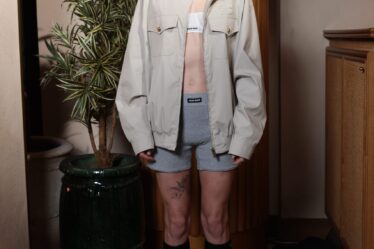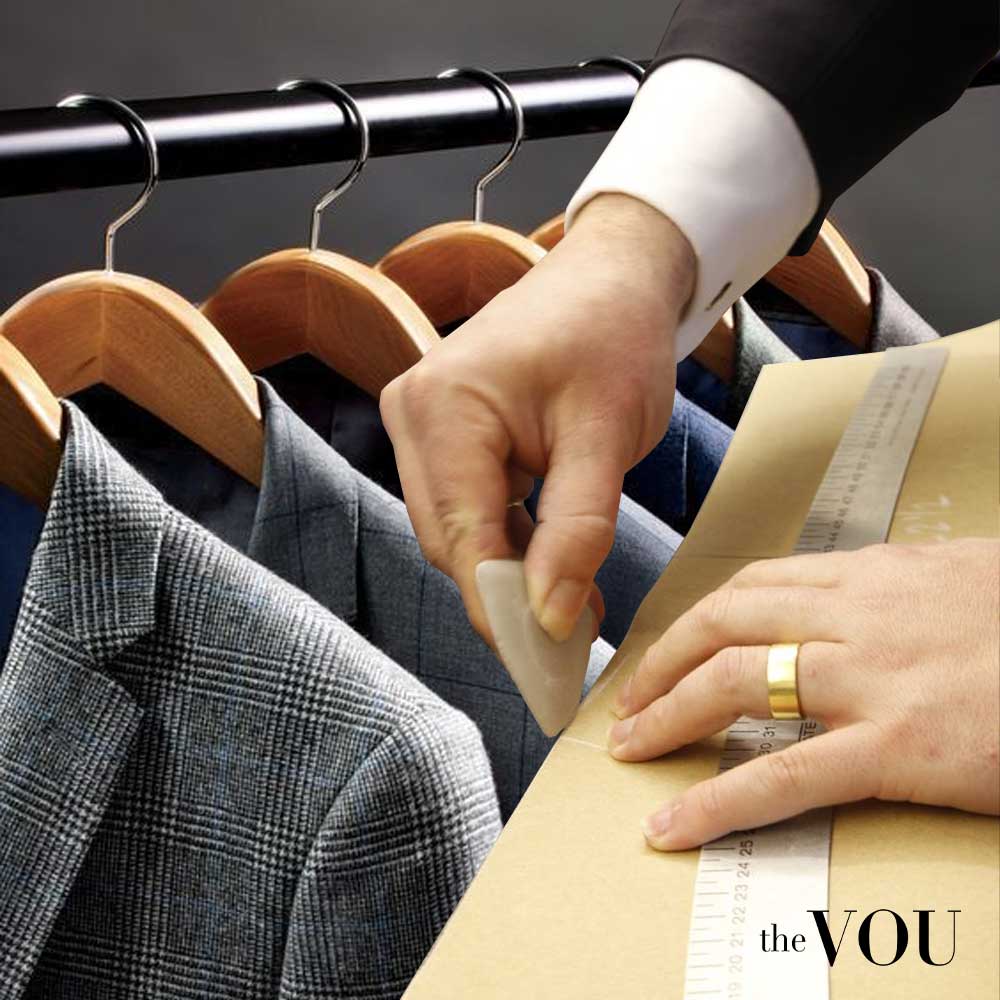
Originating from the Latin “taliare,” – to cut – tailoring is the craft of cropping, resizing, and finishing menswear.
Similar to dressmaking – which focuses on womenswear – tailoring has emerged and evolved across various ancient civilizations concurrently with textile manufacturing.
Evidence of specialized garment-making dates back to Mesopotamia and ancient Egypt, where tailors and dressmakers held considerable social standing.
What is Fashion Tailoring?
While tailoring can be used in fashion to create entirely new garments, the term describes alterations and adjustments to pre-existing garments.
The tailoring process ensures that garments fit better on the body and provide further comfort and ease of movement.
Examples of Garments That Need Tailoring
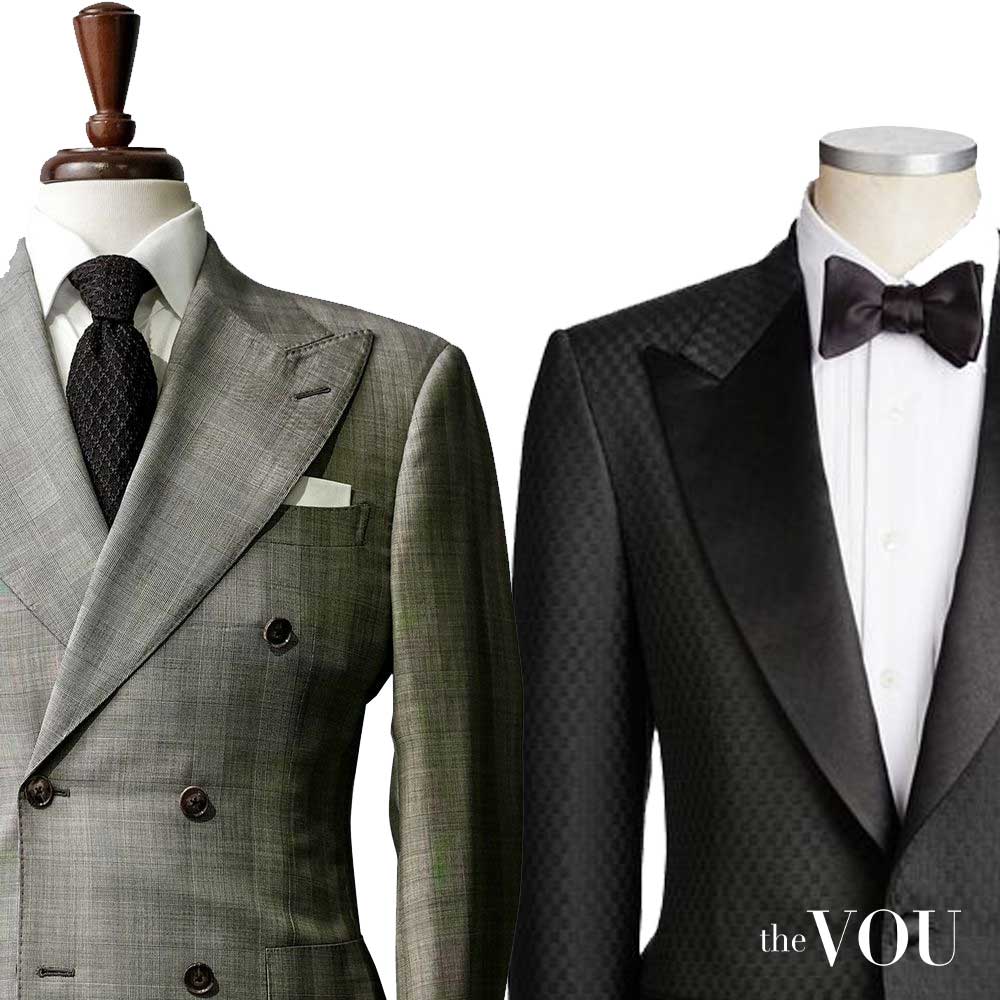
Classic Men’s Suit – Ready-to-wear suits are tailored (size and silhouette adjusted) to provide a perfect fit.
Tuxedo – A specialized form of men’s formal and eveningwear that requires precise alterations (tailoring).
How is Tailoring Performed?
Tailoring relies on various techniques such as drafting, draping, and pattern-making, allowing for the garment’s adjustment in size and silhouette.
Tailoring vs Bespoke? (Customization vs. Craftsmanship)
While both tailoring and bespoke involve customization of garments, the methodology, scope, and degree of personalization differ.
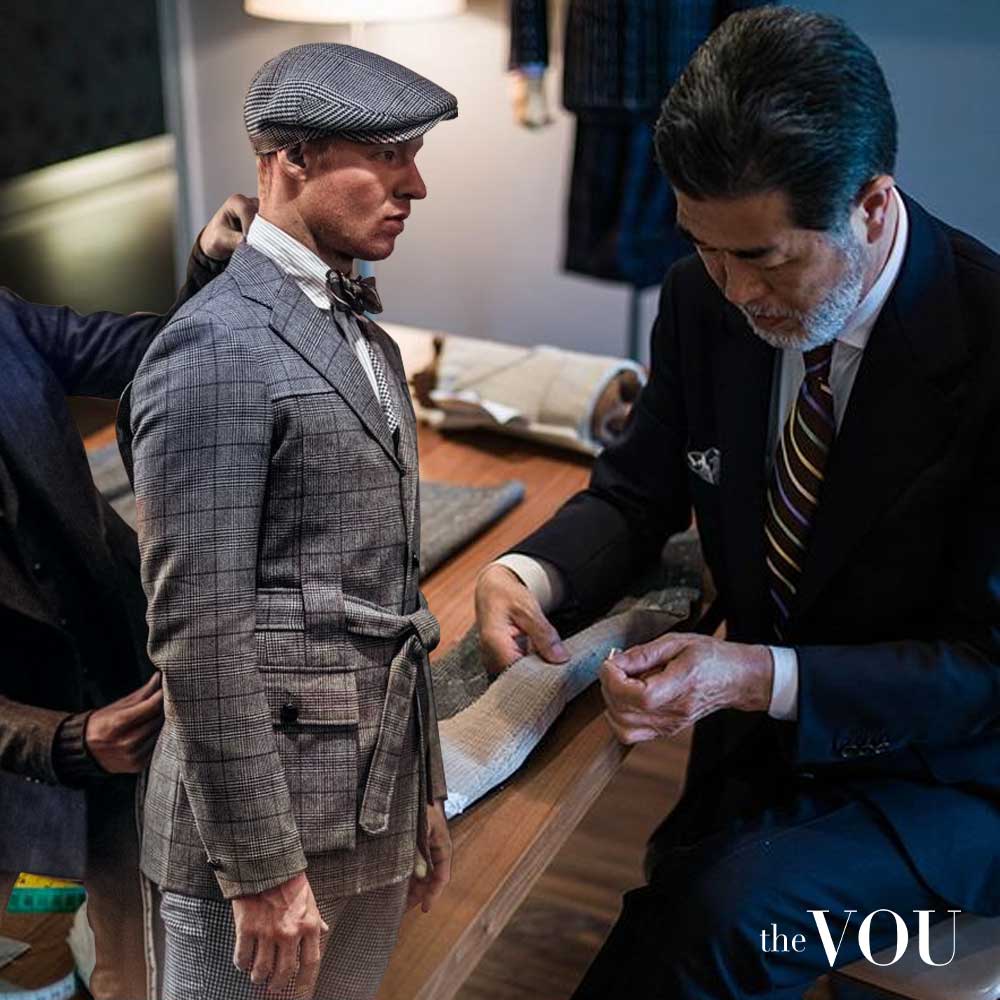
Tailoring offers an accessible way for fit adjustments and minor customizations, while bespoke represents the pinnacle of customization, quality, and individual expression.
in bespoke creations, every aspect, including fabric selection, stitching, lining, and design details, is chosen by the individual, resulting in a one-of-a-kind piece.
Below are five main differences between tailoring and bespoke.
1. Creation Vs. Adjustment
Tailoring describes creating or altering pre-existing garments to fit an individual.
On the other hand, Bespoke is an elevated subset of tailoring, which consists of creating garments from scratch, guided by the customer’s preferences and body measurements.
2. Level of Customization
In tailoring, adjustments are made to pre-existing patterns, whereas in bespoke, the entire garment is created from a new design tailored for the individual.
3. Time Investment
Tailoring is quick, from a few days to a couple of weeks. On the other hand, bespoke is time-consuming, requiring multiple fittings and several weeks to months of craftsmanship.
4. Cost
Tailoring is less expensive than bespoke due to standardized sizes and quicker turnaround.
Bespoke is more expensive than tailoring due to the high level of customization, skilled labor, and quality of materials.
5. Craftsanship
Tailoring is skilled but not artisanal. Bespoke is artisanal and haute-couture level with meticulous attention to detail.
What is Modern Tailoring?
Nowadays, tailoring includes dressmaking and is an all-encapsulating term for clothing alterations catering to all genders.
The shift is technologically driven as tailoring is no longer hand-done by men or women but by machines, according to 3D body scans.
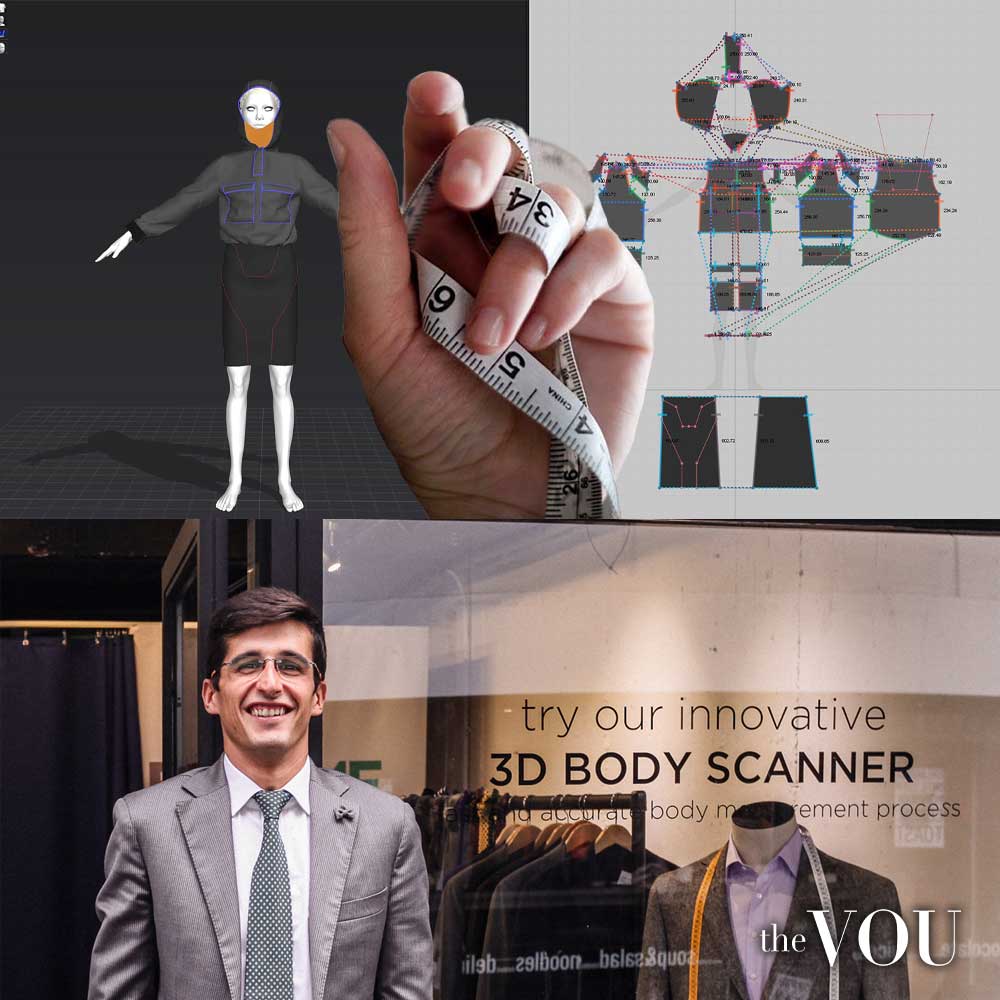
The proliferation of ready-to-wear fashion has shifted focus away from tailoring, creating a counter-trend of consumers seeking customized fit and personalized service.
Key Takeaway
Tailoring, as a craft and as a term, carries historical weight and technical depth.
In contemporary society, tailoring remains relevant as a beacon of quality, personalization, and sartorial excellence.
Professional Styling Advice
Are you looking to improve your fashion style and want to experience tailoring or bespoke services?
Contact The VOU’s Style Experts to receive your personalized styling analysis based on your current way of dressing, preferred outfits, colors, aesthetics, age, gender, body shape, location, and event you seek to attend.
Your dedicated stylist will meticulously select essential garments, footwear, and accessories to craft a wardrobe that complements and enhances your style.
Take advantage of this unique opportunity to experience a transformative fashion adventure, all at no cost to you.



